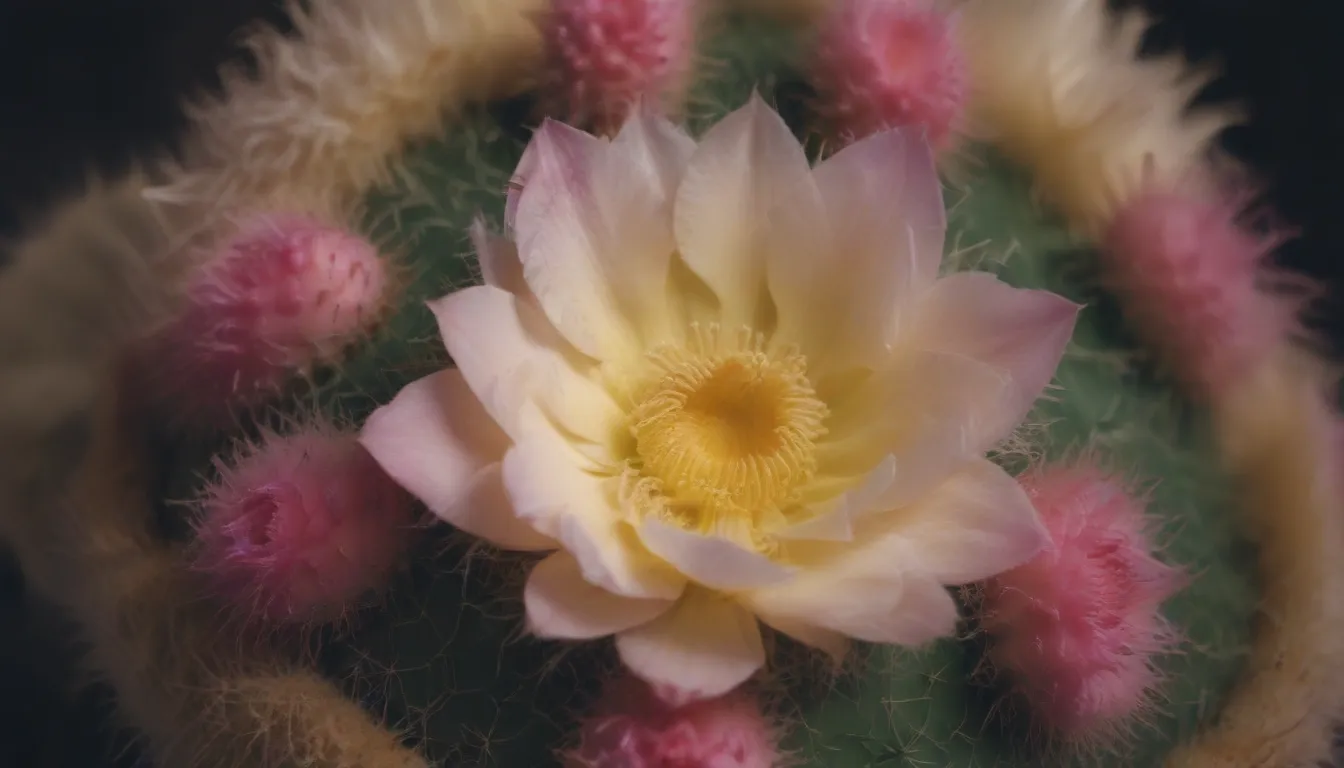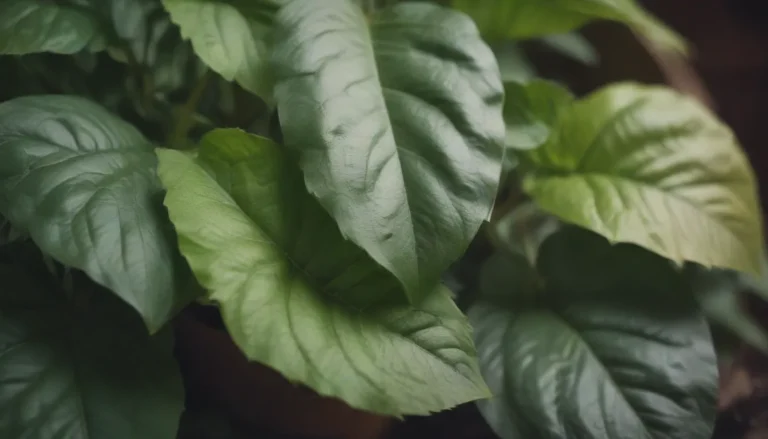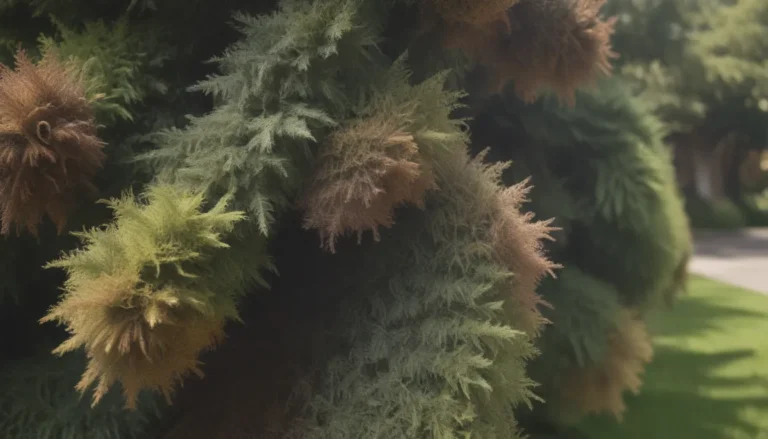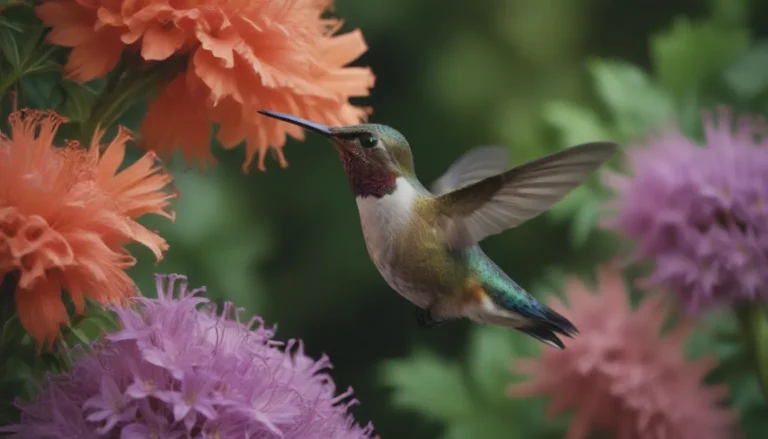Ultimate Guide: How to Successfully Grow and Care for Moon Cactus

Are you a fan of unique, colorful plants that add a pop of personality to your indoor space? If so, the Moon Cactus, also known as the Ruby Ball Cactus, might just be the perfect addition to your collection. This grafted specimen is usually grown as a potted plant, making it a great choice for cactus enthusiasts looking to add a touch of whimsy to their homes.
In this comprehensive guide, we will delve into everything you need to know about growing and caring for Moon Cactus. From understanding the intricate relationship between the scion and rootstock to tips on ensuring your plant thrives, we’ve got you covered. So, let’s dive in and explore the fascinating world of Moon Cactus care.
Understanding Moon Cactus: A Unique Grafted Specimen
The Moon Cactus is a unique plant that consists of two distinct parts – the colorful top (scion) and the green lower portion (host). The scion, typically a Gymnocalycium mihanovichii, comes in vibrant shades of red, orange, or yellow, while the lower cactus host is usually a Hylocereus. When these two pieces are joined together, they form what is known as a Moon Cactus.
One important thing to note is that Moon Cacti have a relatively short lifespan, usually lasting only a few years. This is because the scion and rootstock portions grow at different rates, eventually leading to the breakdown of the graft union. However, don’t let this deter you – separating the scion and grafting it onto a new rootstock cactus is a straightforward process that can prolong the life of your plant.
Moon Cactus Care: Tips for Success
If you have experience growing cacti and succulents, you’ll find that caring for a Moon Cactus is relatively easy. These plants are popular choices for cactus dish gardens and can thrive with the right care. Here are some essential tips for ensuring your Moon Cactus stays healthy and vibrant:
Light:
– Moon Cacti prefer bright, indirect light and should be shielded from direct sunlight to prevent color fading.
– Ensure the lower green cactus host receives adequate light, as different species have varying light requirements.
Soil:
– Use a rich, fast-draining cactus mix with a low pH to provide optimal growing conditions.
– Tailor the soil to meet the needs of the host cactus on the bottom for best results.
Water:
– Allow the soil to almost dry out between waterings, then water deeply to ensure thorough hydration.
– Avoid overwatering, as standing water can lead to root rot and other issues.
Temperature and Humidity:
– Moon Cacti thrive in low humidity environments and prefer temperatures between 50-60 degrees Fahrenheit during the winter months.
– Be mindful of potential temperature variations between the upper scion and rootstock portions.
Fertilizer:
– Fertilize your Moon Cactus with a cactus-specific fertilizer monthly during the growing season, suspending feeding during the dormant winter period.
By following these care tips, you can help your Moon Cactus thrive and showcase its vibrant colors for years to come.
Types of Moon Cactus: Exploring Variety and Beauty
One of the fascinating aspects of Moon Cactus is the wide range of unique varieties available to collectors. The appearance of these plants can vary greatly depending on the species of Hylocereus used as the host and the mutated strains of Gymnocalycium mihanovichii in the scion. With colors ranging from red and orange to purplish and yellow, Moon Cacti offer a stunning display of natural beauty.
Pruning and Propagation: Essential Techniques
When it comes to maintaining your Moon Cactus, pruning and propagation play important roles in ensuring the plant’s health and longevity. Here are some key tips to keep in mind:
Pruning:
– Trim side shoots from the lower rootstock portion to promote healthy growth.
– Other than removing side shoots, minimal pruning is required for Moon Cactus maintenance.
Propagation:
– Due to the grafting process, Moon Cacti are not suitable for traditional propagation methods.
– If you wish to regraft a Moon Cactus top, you can separate offsets from older plants and pot them separately to continue their growth.
Potting and Repotting: Providing a Fresh Start
To keep your Moon Cactus thriving, it’s important to repot the plant every three to four years with fresh soil. Repotting should be done during the warm growing season, following these steps:
- Ensure the soil is dry before repotting to prevent damage to the roots.
- Gently remove the plant from the pot, remove old soil, and trim any rotted roots.
- Place the plant in a new pot with cactus mix soil, allowing time for adjustment before resuming regular watering.
By repotting your Moon Cactus regularly, you can provide it with a fresh start and encourage healthy growth.
Overwintering and Common Pests: Protecting Your Plant
As winter approaches, it’s essential to bring your potted Moon Cactus indoors to protect it from cold temperatures. Ensure your plant is kept in a relatively cool indoor location during the winter months and avoid fertilizing until spring.
While Moon Cacti are relatively low-maintenance, they can be susceptible to common pests like spider mites and mealybugs. In the event of an infestation, treat your plant with neem oil or a suitable pesticide to eliminate the pests and prevent damage.
Blooming and Common Problems: Troubleshooting Tips
Moon Cacti are known for their colorful appearance, but coaxing flowers from these plants is not always necessary. If your plant does not bloom, it’s not a cause for concern as the beauty of the scion itself is enough to captivate.
However, there are some common problems to watch out for when caring for Moon Cactus:
- Faded Color: Excessive direct sunlight can cause the colorful top portion to fade. Move your plant to a location with bright, indirect light to preserve its vibrant hues.
- Plant Collapse: Overwatering can lead to root rot and eventual collapse of the lower host cactus. Adjust your watering routine to prevent this issue.
- Detaching Scion: Due to growth rate differences, the graft between the scion and rootstock may separate over time. Consider regrafting the scion onto a new cactus to prolong its lifespan.
- Browning Edges: Brown edges on the scion can indicate overwatering or excessive sunlight. Address the issue promptly to prevent further damage.
By addressing these common problems promptly and providing the right care, you can enjoy a thriving, beautiful Moon Cactus in your home.
Conclusion: Embracing the Beauty of Moon Cactus
In conclusion, the Moon Cactus is a fascinating and visually striking plant that can add a touch of whimsy to any indoor space. By understanding its unique characteristics and following our care tips, you can nurture a healthy, vibrant Moon Cactus that will captivate the eye and bring joy to your home.
Whether you’re a seasoned cactus enthusiast or a beginner looking to expand your plant collection, the Moon Cactus is a wonderful choice that offers both beauty and intrigue. With proper care and attention, your Moon Cactus will reward you with years of colorful growth and undeniable charm.
So, embrace the beauty of the Moon Cactus and embark on a journey of discovery and growth with this captivating plant. Happy planting! 🌵





